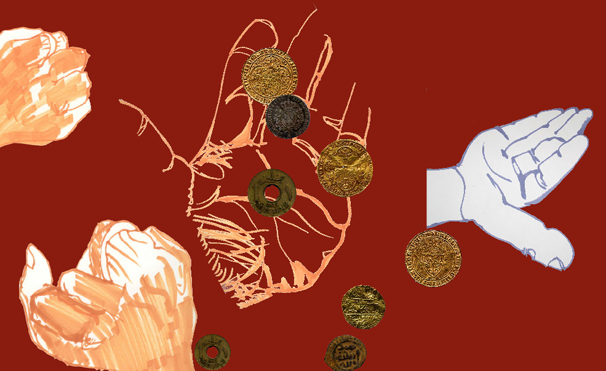


Rehab El Sadek©2009
CONTINUED EXISTENCE
2009
A web artwork by Rehab El Sadek
URL: http://www.rashid-and-rosetta.org/continued_existence
To have a particular culture does not automatically mean that it is extremely different from other cultures. There are always similarities, similarities that may outweigh the differences. For example, the differences between languages are like the differences between dialects within the same language. While difference is at the core of all languages, the similar effects of languages unite them. Language usage has many distinct effects — description, ornamentation and comprehension — but it is always historical and social. This piece deals with the interplay of power, language and everyday life. These issues are both personal and universal, spanning individual and global experiences. But for the purposes of this project, the context is Egypt.
The Rosetta Stone, which dates back to 196 BC, is a social document of Ptolemaic Egypt. It specifically pays tribute to the authority of King Ptolemy V who is represented in the artifact as a generous ruler, committed to the well-being of all Egyptians. The text of the Rosetta Stone is a decree in which the Priests praise the King for liberating them from the burden of heavy taxes and for providing relief to the people of Egypt. Inspired by the Rosetta Stone, this piece seeks to bring together references in the decree and everyday life in a series of images (drawings) of bodies and body parts that stand in for words, utterances, and language.
Connect to "Continued Existence"
Rehab El Sadek is an Egyptian artist from Alexandria. Her installations, videos and drawings are marked by a preoccupation with gender politics as it relates to the difficult and often violent relations between quotidian objects and human sentiment. Things become art objects in part by association with humans, as is the case in “Container” (2003), which signifies at one level the social condition of women, whose names are inscribed on the object, and at another level, the alienation of the object from its intended purpose. El Sadek received in 1998 a UNESCO-Sarvath El Hassan Bursary for Culture and Art, which supported a three-month residency at Gasworks Studios in London, and led to the installation “Empty Shapes,” a work that addresses the colonial appropriation of sacred classical Egyptian artifacts. In her more recent drawings, this relationship between objects and humans is further developed as mundane domestic items are anthropomorphized: for example, scissor handles are human heads and chair legs are human legs. Increasingly, El Sadek represents the human body as a dismembered, imprisoned and suffering form that evokes sites of personal and political torture. El Sadek has had major solo shows in Cairo, Amsterdam, and London and her work has appeared in group shows from Karachi to Dublin.
For more information about the artist and her work:
Rehab El Sadek on culturebase.net
Wasla Workshop